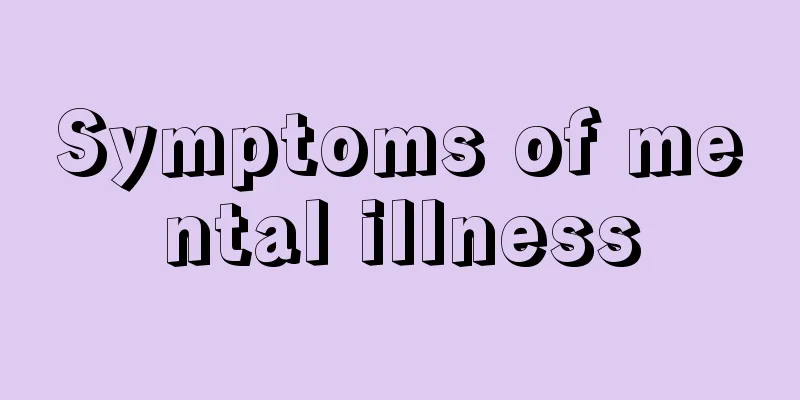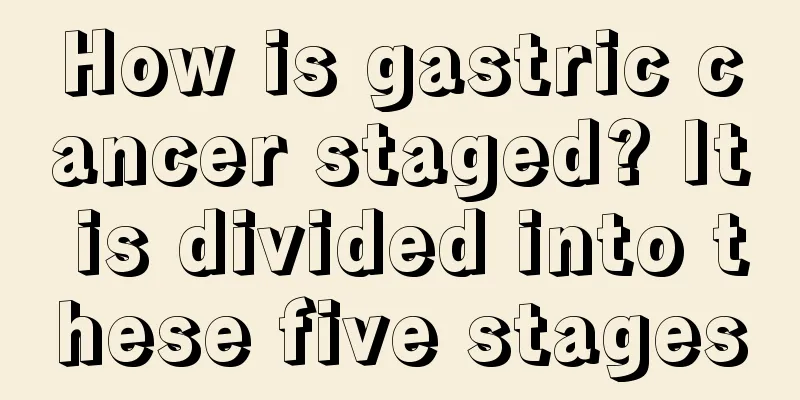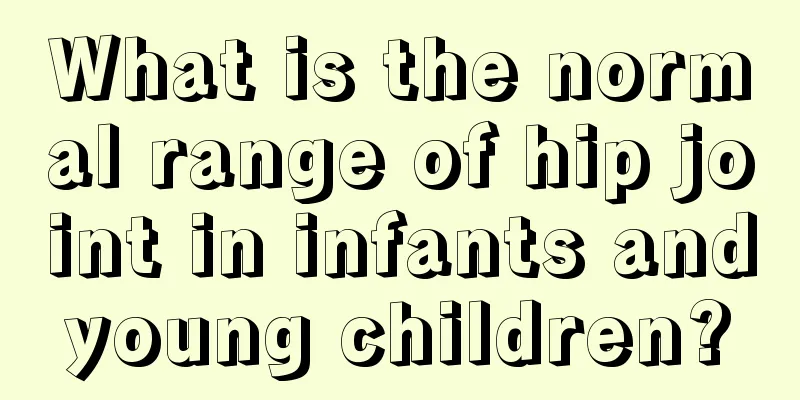Symptoms of mental illness

|
The disease of hysteria is still related to childhood psychological trauma. Many patients have this problem due to this reason. During the attack, the patients cannot control their emotions. In severe cases, they may do things that hurt others or even commit suicide. Therefore, the patient should be treated before his condition worsens. Symptoms of mental illness (1) Dissociative amnesia: characterized by the sudden inability to recall important personal experiences. The amnesia is extensive and generally revolves around the traumatic event. The amnesia cannot be explained by physiological consequences of substance use, neurologic disorders, or other medical problems. The fixed core content can never be recalled in the waking state. (2) Dissociative fugue: accompanied by loss of individual identity, manifested as sudden, unplanned travel. Dissociative fugue occurs in response to traumatic or overwhelming life events. Emotional outbursts: quite common. It manifests itself as emotional venting, crying, laughing, making noise, and exaggerating one's own situation. During an attack, the range of consciousness may be narrow. Impulsive behavior of destroying property, hurting others, self-harming and suicidal behavior. (3) Emotional outbursts: very common. It manifests itself as emotional venting, crying, laughing, making noise, and exaggerating one's own situation. During an attack, the range of consciousness may be narrow. Impulsive behavior of destroying property, hurting others, self-harming and suicidal behavior. (4) Pseudo-dementia: Gives people a stupid and childish feeling. (5) Dual and multiple personality: manifested as sudden changes in identity. A typical example is what people call "ghost possession". (6) Psychotic state: Psychotic symptoms may occur during the onset of the disease. The main difference from schizophrenia is that the content of hallucinations and delusions is less fixed, more variable, and very suggestible. (7) Dissociative stupor: After mental trauma or triggered by traumatic experiences, a deeper level of consciousness disorder occurs, and the patient maintains a fixed posture for a considerable period of time, either lying on the back or sitting, without speech or voluntary movements, and without response to light, sound, or pain stimuli. At this time, the patient's muscle tone, posture, and breathing may not be obviously abnormal. Conversion symptoms (1) Movement disorders: may manifest as decreased, increased, or abnormal movements. Paralysis: May present as monoplegia, paraplegia or hemiplegia, with no evidence of neurological damage found on examination; limb tremors, tics and myoclonus; inability to stand or walk; mutism and aphonia. (2) Spasmodic disorder: It often occurs suddenly when one is emotionally excited or under suggestion. The patient slowly falls to the ground or lies in bed, does not respond to calls, has a stiff body, tremors in the limbs, etc., and has no incontinence. Most cases last for dozens of minutes. (3) Major convulsion: There is often an obvious psychological trigger before the attack. The convulsion is irregular, without rigidity and clonic phases. The wrist and metacarpophalangeal joints are often flexed, the interphalangeal joints are extended, the thumb is adducted, the lower limbs are extended or the whole body is stiff. The breathing is accelerated paroxysmically, the face is slightly flushed, there is no urinary incontinence, no tongue biting, and the pupil size is normal during the attack. The corneal reflex exists and is even sensitive. Although the consciousness seems unclear, the convulsion can be stopped by suggestion. The limbs do not relax in the late stage of the attack. Generally, the attack can last for several minutes or hours. |
<<: What diseases can be detected by blood
>>: Will you get fat if you sleep right after eating?
Recommend
How long is the shelf life of transformed eggs?
The processing technology of preserved eggs is ve...
Can I drink beer if I have dry eyes?
With the development of modern technology, there ...
What does unilateral lymph node dissection mean for thyroid cancer
Unilateral lymph node dissection for thyroid canc...
Causes of ankylosing spondylitis, common risk factors
Ankylosing spondylitis usually develops rapidly i...
What are the complications of pituitary tumors
Pituitary tumor is a common benign tumor with gre...
What are the eight common manifestations of double eyelid failure?
Double eyelid surgery is a very popular type of p...
Causes of cerebral atherosclerosis
Cerebral atherosclerosis is very common clinicall...
Which hospital in the country is best for treating endometrial cancer?
Which is the best hospital for the treatment of e...
What is the reason for protruding blood vessels in hands and feet
Generally, if we come into contact with cold wate...
Why can't you sleep with your head facing south
People spend about 1/3 of their lives in bed, whi...
Can poorly differentiated gastric cancer be cured by biological immunotherapy?
Gastric cancer is a malignant disease. It is a co...
How to quickly remove the smell from shoes?
When summer comes, because the weather is hot and...
Garnet bracelet benefits
Garnet bracelets are a type of ornament that many...
What are the taboos of rose porridge
Rose is an ornamental plant, but using rose to ma...
Can benign early gastric cancer be cured?
Gastric cancer is a chronic tumor disease. The st...









